Quixadá: A treasure of the hinterland of Ceará
Quixadá is a municipality in the state of Ceará, located 175 kilometres from Fortaleza.
It belongs to the Mesoregion of the Sertões Cearenses and the Microregion of the Sertão de Quixeramobim, and is the largest city in the Central Sertão, with a population of around 89,000.
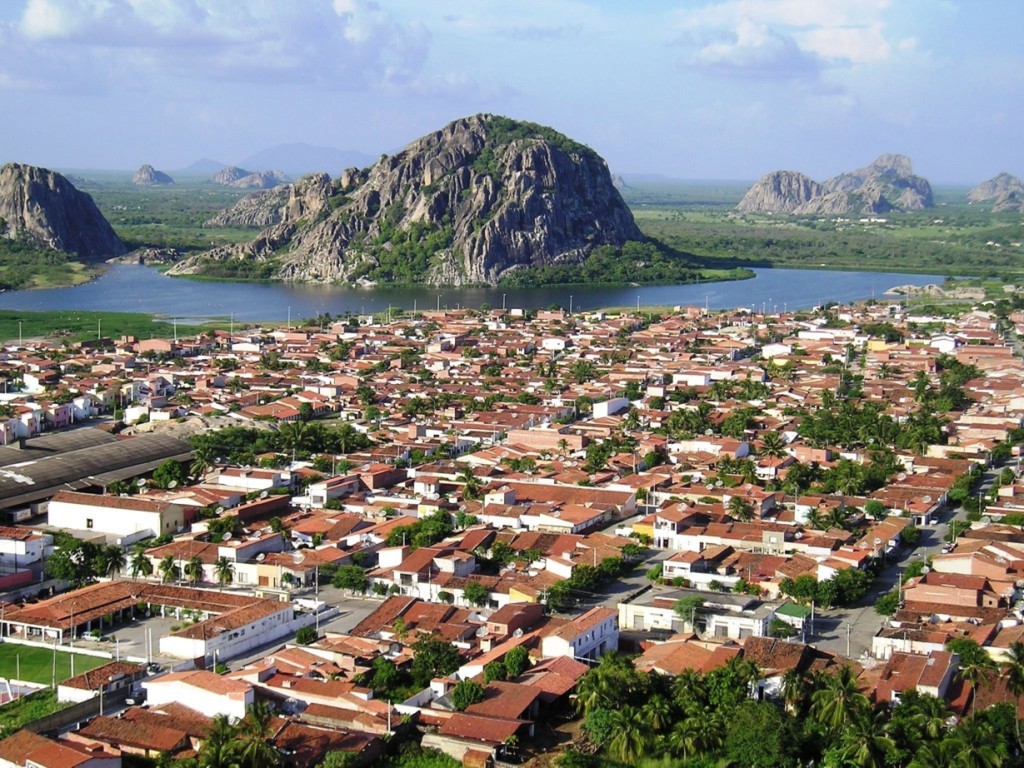
Education and Universities
Known as the university city of the central hinterland, in 2014 Quixadá had six higher education institutions, both public and private, including the campuses of the Federal University of Ceará and the State University of Ceará.
Video about Quixadá’s Attractions

The monoliths of Quixadá
One of the most striking features of Quixadá are its rock formations, the monoliths, which stand out for their varied shapes and break up the monotony of the landscape.
The monoliths have fascinating properties:
- Unique structure: Large blocks of rock that stand out from the surrounding terrain and have distinctive shapes.
- Geological Formation: The result of erosion, sedimentation and other geological forces acting over thousands or millions of years to create a variety of shapes.
- Varying Sizes: They can range from small outcrops of rock to huge structures rising several hundred metres.
- Colours and textures: The diversity of minerals results in a range of colours and textures, depending on the type of rock that makes up each monolith, such as granite, basalt or sandstone.
- Cultural and historical significance: Many monoliths are culturally significant, serving as landmarks, places of worship, or sources of inspiration for myths and legends in various cultures.
- Tourist attractions: Monoliths often become tourist attractions, attracting visitors who want to admire their natural beauty and engage in activities such as climbing and photography. Many rock formations in Quixadá are popular for climbing and offer challenges for adventure sports enthusiasts.
- Unique Ecosystems: These sites can support unique ecosystems, with flora and fauna adapted to the specific conditions of the exposed rocks and the local climate.
Quixadá’s most famous monolith, in the shape of a chicken, is known as Galinha Choca and has become the city’s postcard, visible from everywhere.
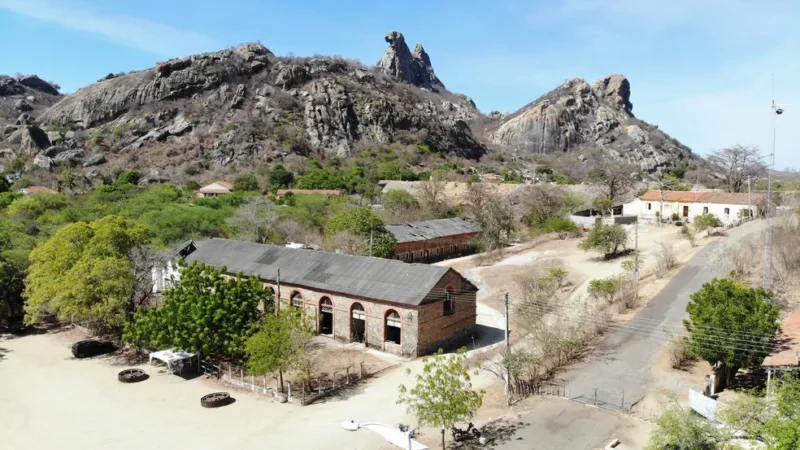
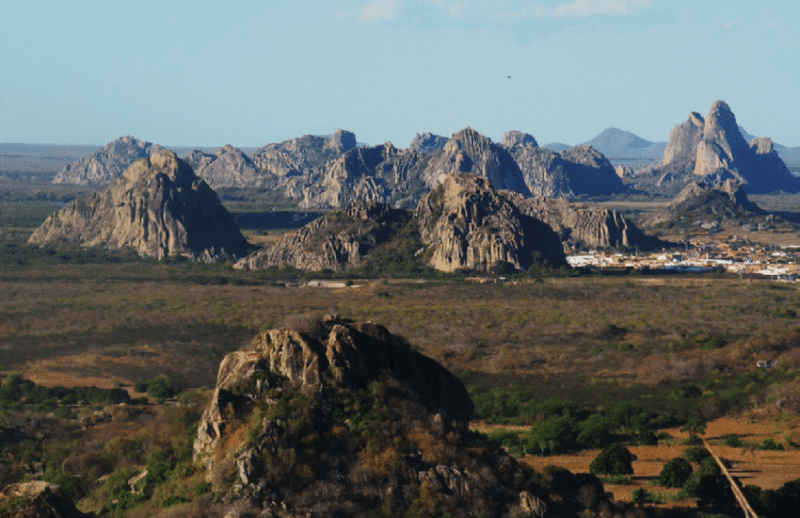
Literature and Culture
Quixadá is also known as the land of writers such as Jáder de Carvalho and Rachel de Queiroz. Although Rachel was born in Fortaleza, the capital of Ceará, she maintained a strong connection with Quixadá, often visiting her Fazenda Não Me Deixes, inherited from her father, Daniel de Queiroz.
What to do in Quixadá
1. Cedro Dam
Designed by Dom Pedro II to combat drought, visitors can walk along the wall and see the curious “brooding hen” stone. As well as stimulating the imagination, the monoliths offer adventure activities, allowing visitors to spend a day climbing and abseiling.
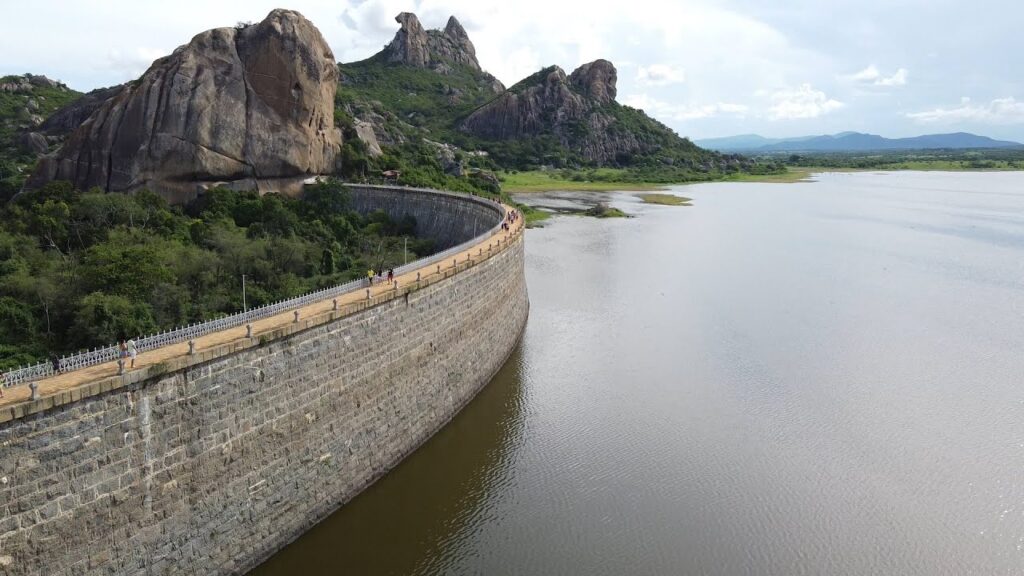
2. Sanctuary of Our Lady Immaculate Queen of the Sertão
Situated 12 km from the centre of Quixadá, at an altitude of about 550 m on the Morro do Urucu, this Catholic shrine is accessed by a Street of the Cross with life-size sculptures guiding visitors.
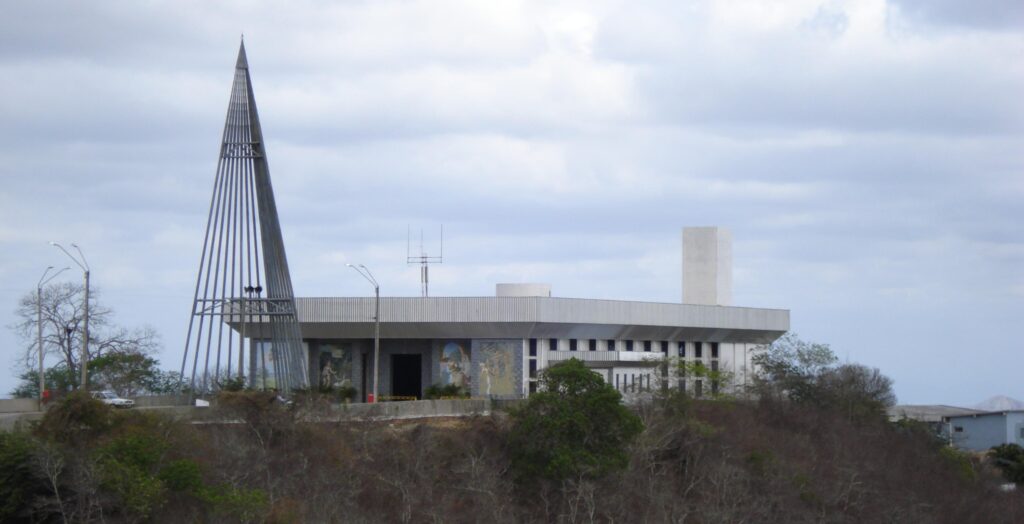
Inside the shrine are panels with images of the Virgin Mary, who is venerated in twenty-seven Latin American countries.
The site has a pleasant atmosphere and includes a grotto, restaurant (with views of the monoliths, lagoons and local vegetation), hotel, auditorium and bookshop. Near the sanctuary there are hiking trails and ramps for paragliding.
The ascent includes religious stations with 1.80 metre high statues depicting the Passion and Resurrection of Christ.
The sanctuary has become a place of pilgrimage for the faithful from Ceará and other states, attracting devotees and visitors especially in the months of May, July and December, as well as in February, when festivities are held in honour of the Virgin Mary.
3. Serra do Estevão
Located 12 km from Quixadá, this mountain range is a paradise of lush vegetation at an altitude of 400 metres.
Don’t miss the Chapel of Our Lady of the Conception, built in 1903 in the Baroque style, and the Monastery of the Holy Cross, also from 1903, in the colonial style.
4. Pedra da Galinha Choca
The most famous monolith in the city and, according to legend, the mother of all stones, it has already changed its location.
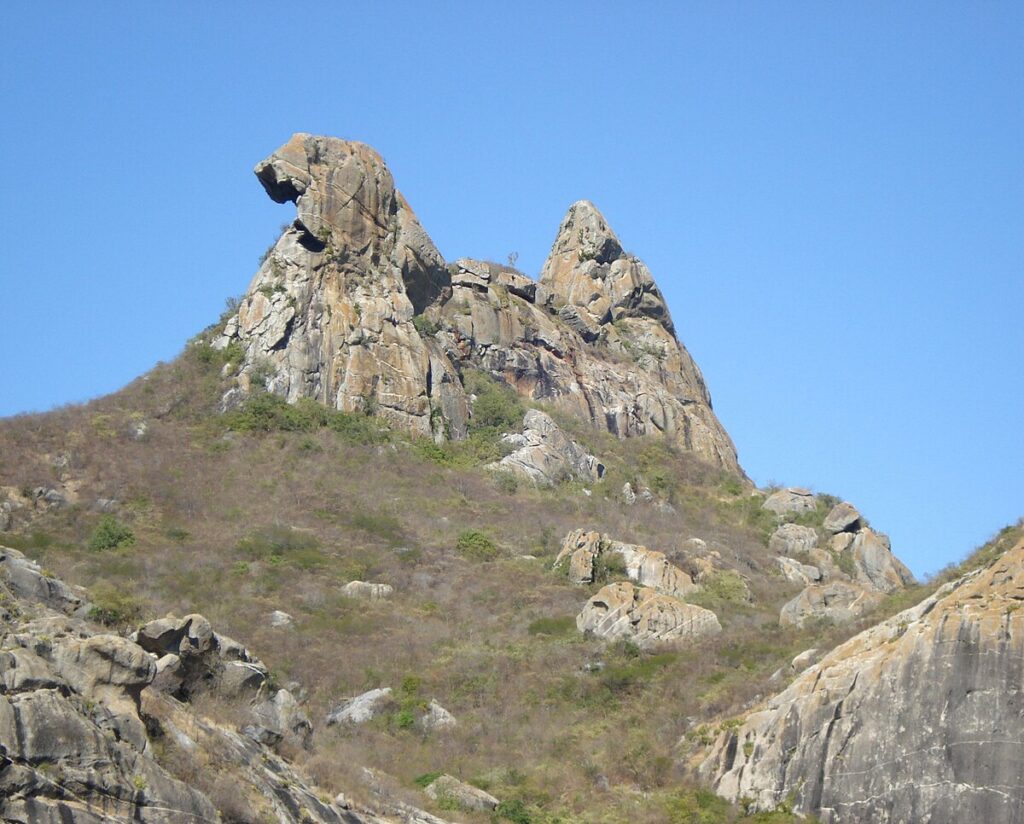
5. Cruzeiro Rock
Located in the centre of the city, this is the Talking Stone, known for reproducing the voices emitted at its base.
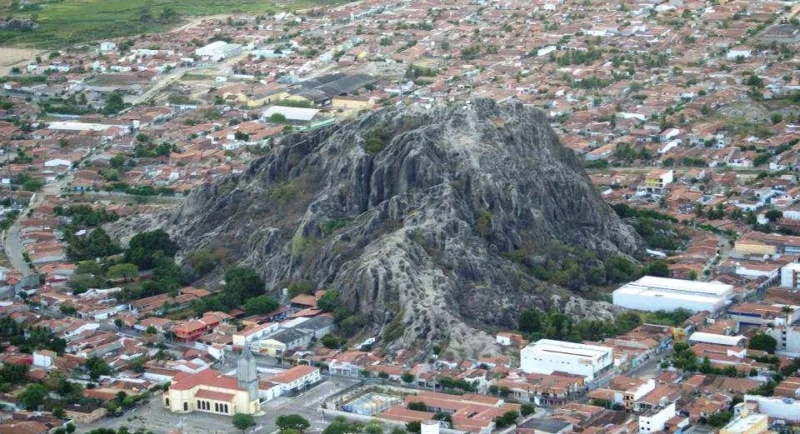
6. Ecological trails and ecotourism
Among the best known ecological trails in the region are the Boqueirão Trail (Fazenda Reduto), the Cabeça do Gigante Trail (Fazenda Santa Fé), the Barriguda Trail (Fazenda Magé) and the Andorinhas Trail (Fazenda Junco).
Although little explored, Quixadá has great tourist potential, especially for ecotourism.
Its natural beauty attracts visitors looking for outdoor activities such as trekking, off-roading, mountaineering and abseiling. The city is also an ideal destination for adventure tourism, with opportunities for kite flying (paragliding and hang-gliding) and nature watching.
Publicações Relacionadas
Paragliding at Pitinga Beach in Arraial d'Ajuda
Extreme sports in the Northeast of Brazil: Destinations not to be missed
Barreiras: An Ecological Paradise in Bahia
Rota das Falésias: Descubra o Paraíso Cearense
Skydiving, Paragliding and Ballooning in Bahia
Areas for Rappelling in Bahia
Skydiving in Bahia
Lavras da Mangabeira and the Rio Salgado Canyon Guide
Iguaí: A Guide to Waterfalls and Relaxation
Main Dive Spots in Bahia
Icó: A Historical Gem in Ceará, Brazil
Trekking in the Pati Valley in Chapada Diamantina
Rafting in Taboquinhas - Bahia
Emotions Route promotes adrenaline and close contact with nature
Kitesurfing in Trancoso in Bahia
Ecotourism and Extreme Sports in Ceará
This post is also on:
![]() Português
Português ![]() English
English ![]() Deutsch
Deutsch ![]() Español
Español ![]() Français
Français




















